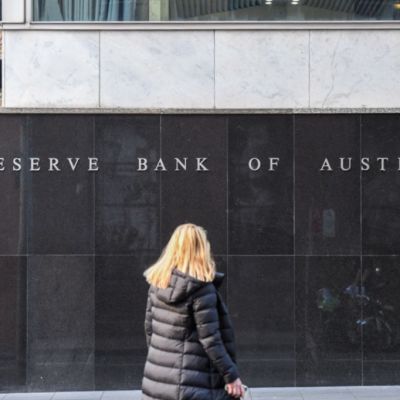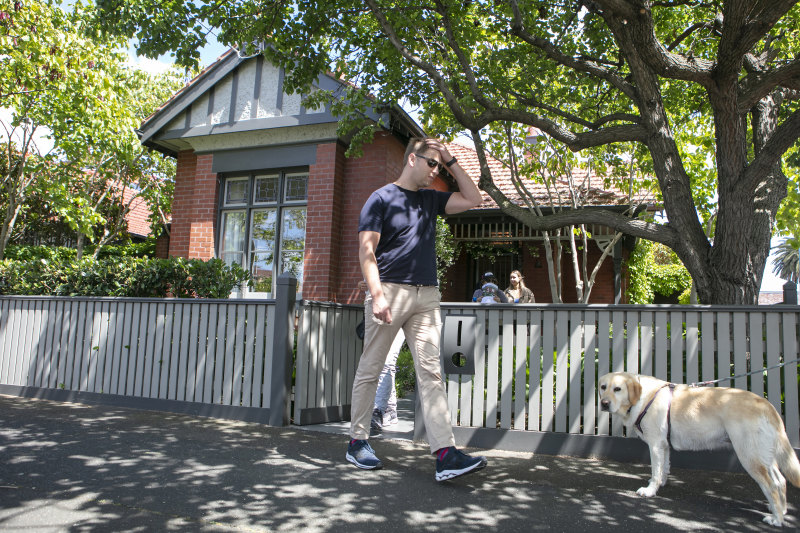Could rising interest rates help mortgage holders get a better deal on their home loan?
It may sound counterintuitive, but rising interest rates could help borrowers save on their mortgage repayments.
While rising rates have meant some borrowers have seen an increase in their repayments, rate rises have also triggered competition in the lending market, which have created more interest-saving opportunities for borrowers.
As the major banks passed on the full cash rate increase to customers in May, many non-major lenders chose not to pass on the rate hike, instead keeping their rates competitive in a bid to win market share.
“Non-major banks have competed strongly to maintain a dominant position for refinances, with many major banks increasing fixed rate loans and tightening credit over the cash rate rise period,” says Mike Gill, head of research at PEXA.
“The non-major banks have been successful in winning more refinances than they have lost in all states so far in 2022.”
Property refinances have continued to surge in 2022, with the volume of refinances across the country increasing 21.5 per cent over the past month, according to PEXA’s Refinance Index.
“Property owners are beginning to feel the crunch of higher cost of living due to inflation combined with rising interest rates,” says Gill. “This has motivated many to review their home loan and look for a better deal.”
Following the RBA cash rate hikes of May and June, we’ll likely see the refinance boom sustain momentum, says Gill.
“Whilst we have seen refinancing levels increase in May, much of this has been driven by property owners who anticipated a rate rise,” he says.
“Noting it usually takes 1-2 months for consumers to complete a refinance, we expect to see the full effect of the May rate rise and subsequent rises in the coming months.”
How much does it cost to refinance?
While refinancing to a lower interest rate could help borrowers save on mortgage repayments, there are potential costs to consider.
Before deciding to refinance, it’s important to be aware of any leaving fees and to make sure the benefits of switching outweigh the costs, says Natalie Abel, senior home loan specialist at Domain Home Loans.
“You’ll generally be charged a discharge fee when you switch,” she says. “If you’re on a fixed rate, you could also be charged a break fee.”
Lender discharge fees are typically charged to both variable and fixed-rate mortgage holders, and are usually between $150 and $400.
On the other hand, break fees are typically only charged to fixed-rate mortgage holders and are dependent on multiple factors, including the time left on the fixed term, the amount left to be paid and how much interest rates have changed since the start of the fixed term.
Borrowers may also be required to get their property valued in order to refinance, which could cost between $300 and $600.


How long does it take to refinance?
Depending on your situation and whether you choose to refinance with a new lender, it can take between four to six weeks to process and finalise a refinance application.
But, being prepared to provide all the relevant documents and information to your lender or broker could help speed up the process, says Abel.
A refinance application will generally require borrowers to provide proof of liabilities, employment and income, as well as their family and living situation, and sufficient identification.
To help ensure a swift and smooth application process, it’s also important to be truthful about your property finance situation and personal circumstances, says Abel.
“If there’s something in your circumstances that has changed, like your employment or liabilities, just be upfront about it,” she says. “Proving everything upfront and having your documents ready to go is going to help speed up the process.”
We thought you might like
States
Capital Cities
Capital Cities - Rentals
Popular Areas
Allhomes
More










